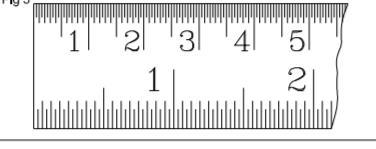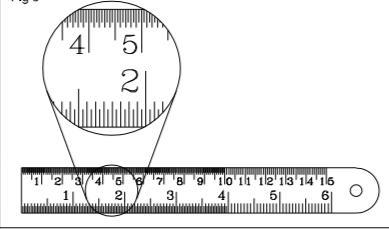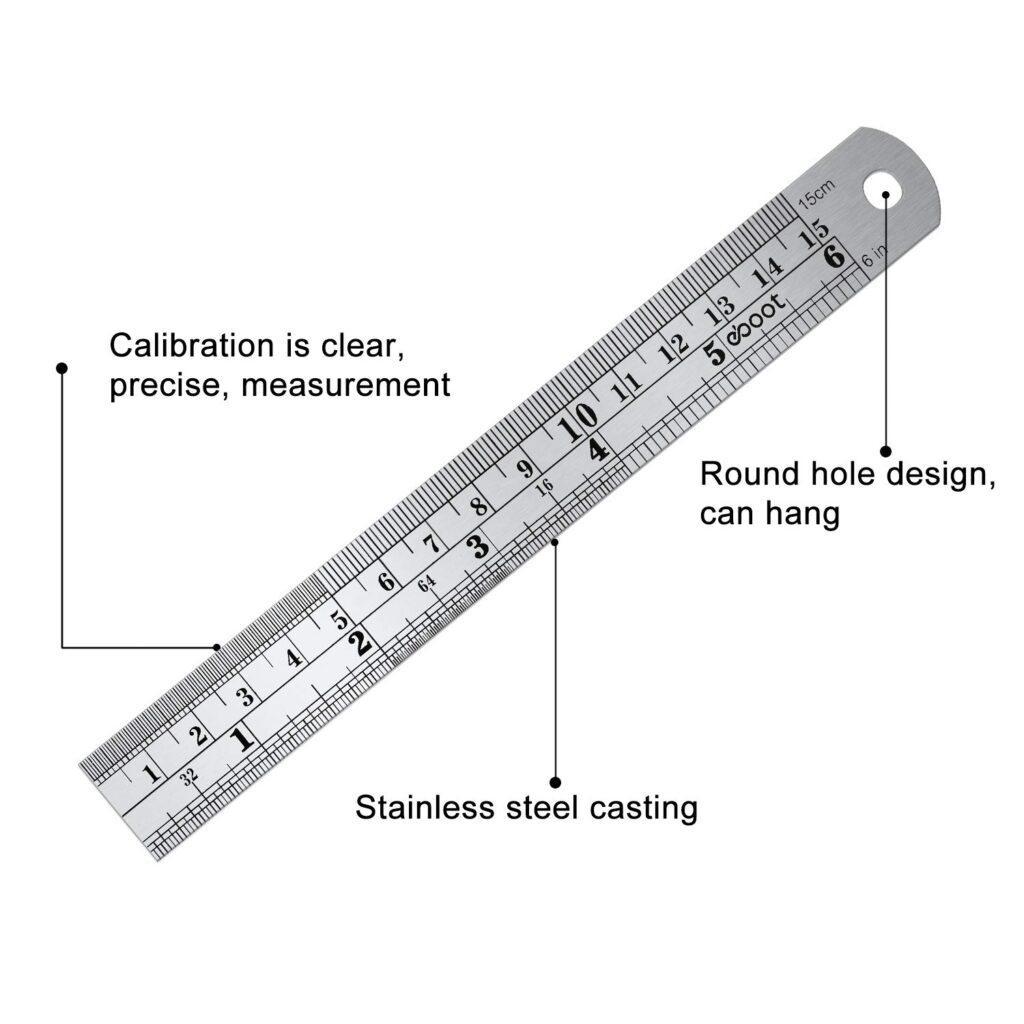There are generally two types of systems of measurements are adopted in any industries.
1.Metric systems of measurements
2.British systems of measurements
METRIC SYSTEMS OF MEASUREMENT
In case of Metric systems of measurement ,Whenever we measure an object, we are actually comparing it with a known standard of Measurement.There are tree standards units of measurements in metric system
a. SI Unit(International standards)
b. MKS Units(Meter, kilogram and second)
c. CGS units(Centimeter, gram and second)
The base unit of length as per SI is METRE.
Length – SI UNITS and MULTIPLES
Base unit
The base unit of length as per the Systems International is meter. The table given below lists some multiples of a
meter.
METRE(m) = 1000 mm(millimeter)
CENTIMETRE (cm) = 10 mm(millimeter)
MILLIMETRE (mm) = 1000μ
MICROMETRE (μm) = 0.001 mm(millimeter)
Measurement in engineering practice :- Usually in engineering practice, the preferred unit of length measurement is millimeter(mm)

Steel Rule:-A steel Rule is measuring instrument used to measure the length of any work piece.
Types of steel rules
– narrow steel rules
– short steel rules
– full flexible steel rule with tapered end.
Narrow steel rule :-
Narrow steel rule is used to measure the depth of keyways and depth of smaller dia , blind holes of jobs, where
the ordinary steel rule can not reach. Its width is approximately 5 mm and thickness 2 mm.
Short steel rule:-
This set of five small rules together with a holder is extremely useful for measurements in confined or hard to
reach locations which prevent the use of ordinary steel rules. It is used suitably for measuring grooves, short
shoulder, recesses, key ways etc. in machining operation on shapers, millers and tool and die work.
Steel rule with tapered end:-
This rule is a favorite with all mechanics since its tapered end permits measuring of inside size of small holes, narrow slots, grooves, recesses etc. This rule has a taper from 1/ 2 inch width at the 2 inch graduation to 1/8 inch width at the end. For maintaining the accuracy of a steel rule, it is important to see that its edges and surfaces are protected from damage and rust.
BRITISH SYSTEMS OF MEASUREMENT
An alternative system of length measurement is the British system. In this system, the base unit is the Imperial
Standard Yard. Most countries, including Great Britain itself, have, however, in the last few years, switched over
to SI units.
Engineer’s steel rule are used to measure the dimensions of work pieces. Steel rules are made of spring steel or stainless steel. These rules are available in length 150mm, 300mm and 600mm. The reading accuracy of steel rule is 0.5 mm and 1/64 inch. For accurate reading it is necessary to read vertically to avoid errors arising out of parallax. Steel rule in English measure, they can also be available with metric and English graduation in a complete range of
sizes 150, 300, 500 and 1000 mm. The rules are easily inserted in the slotted end of the holder and are rigidly clamped in place by a slight turn of the
knurled nut at the end of the handle. Five rule lengths are provided 1/4″, 3/8″, 1/2″, 3/4″ and 1″ and each rule is
graduated in 32nds on one side and 64ths on the reverse side

Angular measurement :-
Angular measurement of angles of an object is usually expressed in degrees, minutes and seconds. One degree
is divided into 60 minutes and one minute is to 60 seconds.
| Metric | British |
| Micron 1μ = 0.001 mm | Thousandth of an inch = 0.001″ |
| Millimeter 1 mm = 1000μ | Inch = 1″ |
| Centimeter 1 cm = 10 mm | Foot 1 ft = 12″ |
| Decimeter 1 dm = 10 cm | Yard 1yd = 3 ft |
| Meter 1 m = 10 dm | 1 furlong 1 fur = 220 yds |
| Decameter 1 dam = 10 meter | 1 mile = 8 fur |

